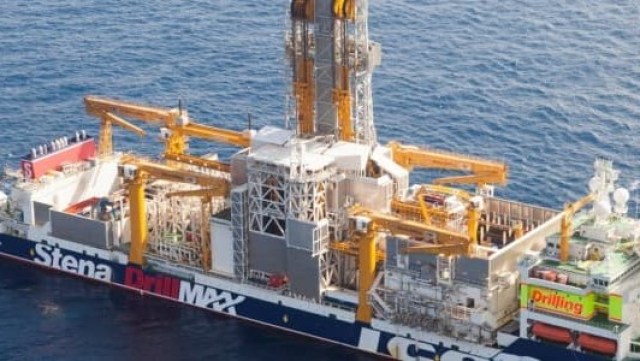
The threat of peak oil demand arriving sooner than predicted and the aggressive push to decarbonize the world economy in a post-Paris Agreement world is creating considerable uncertainty for the global oil industry. Big oil after considerable pressure from environmental groups, investors, and governments with many global energy supermajors is committing to become net carbon neutral. Aside from the push to reduce carbon emissions, the sulfur content of fuels is under intense scrutiny. That has seen governments, as well as various regulatory bodies across the world, clamp down on the sulfur content of fuels to reduce environmentally harmful emissions.
By Oil Price – Matthew Smith
Aug 5, 2021
The most recent measure was the January 2020 introduction of IMO 2020 which substantially reduced the sulfur content of maritime fuels. For these reasons, big oil is avoiding developing or operating petroleum projects that are carbon-intensive and produce low-quality crude oil grades with the potential for being processed into high emissions fuels.
As a result, European oil supermajors TotalEnergies and Equinor divested their 30.32% and 9.67% respective interests in Petrocedeño, which operates a carbon-intensive extra-heavy oil project in Venezuela’s Orinoco Belt. Both companies elected to hand in their stake to Venezuela’s national oil company PDVSA and take a loss on the investment rather than continue operating in the near-failed petrostate.
TotalEnergies’ reasoning centered on its “aims at focusing new oil investments on low carbon intensity projects, which does not correspond to extra-heavy oil development projects in the Orinoco Belt.” This indicates that there is a significant headwind emerging for many countries, such as Venezuela and Canada, where most of their oil reserves are sour heavy and extra-heavy crude oil varieties.
Considerable energy is required to extract extra-heavy and heavy crude oil compared to conventional and shale oil. Studies show that Canada’s oil sands produce nearly double the greenhouse emissions of conventional oil operations. It has been estimated that extracting one barrel of extra-heavy crude oil from Venezuela’s Orinoco Belt creates four times, or possibly more, the carbon emissions of producing a single barrel of conventional crude oil. That extra-heavy crude oil, aside from needing to be blended with light oil or condensate so it can be transported and processed, is also more complex and hence energy-intensive to refine.
Venezuela’s principal crude oil grade, known as Merey, is particularly sour and heavy with an API gravity of 16 degrees and 2.45% sulfur content. As a result, it is heavy in contaminants and sulfur making it particularly difficult and energy-intensive to refine. If not processed appropriately, the refined products produced will be high emission low-grade fuels. That makes Merey an unattractive crude oil to exploit in a post-Paris Agreement world focused on substantially reducing carbon and sulfur emissions. Other nations in South America are facing a similar dilemma, although not as dire as Venezuela’s. Colombia’s flagship crude oil grades Castilla and Vasconia are sour and heavy with API gravities of 18.8 and 24.3 degrees as well as sulfur contents of 1.97% and 0.83% respectively.
…
Read More: Oil Price – Big oil continues to ramp up investments in South America
…